From Sola Busca to Dalí: My Favorite Historic Tarot Decks
Plus what bestselling author Katrin Schumann is reading

Tarot first appeared in northern Italy around the mid-15th century as a card game known variously as tarocchi, tarocco, or tarocchini, depending on the region. These early decks were used for trick-taking games rather than fortune-telling. Over time, their striking imagery and symbolic figures caught the attention of occult enthusiasts, particularly in 18th- and 19th-century France, who began assigning deeper esoteric meanings to each card. That shift broadened tarot’s role from simple card games to tools for introspection and divination.
As tarot spread across Europe, different regions contributed their own stylistic and symbolic twists. By the late 19th and early 20th centuries, decks such as the Rider–Waite–Smith (pictured above) had formalized the modern concept of tarot as a divinatory system. Yet the game aspect never fully vanished; even today, variations of the original tarocchini are still played in parts of Italy, preserving tarot’s dual identity as both a game and a spiritual instrument.
I don’t read tarot for myself, but I love the history and the art, and have collected a number of decks. I’d love to show you some of my favorites.
Dali Tarot
I talked about the Dalí Tarot last fall, so I won’t dive in too deep here, but for obvious reasons, this is one of my favorite decks.
Historical Decks I Love
Visconti-Sforza (often called the Golden Tarot)
Commissioned in the mid-15th century by the noble Visconti and Sforza families of Milan to commemorate a wedding, the Visconti-Sforza deck, painted by Bonifacio Bembo is one of the earliest and most influential tarot decks in existence. Although some cards have been lost or replaced over time, the surviving examples showcase exquisite hand-painted images accented with gold leaf. This luxurious style gave it the informal nickname “Golden Tarot.” It’s a historically significant deck that reflects the wealth and artistic splendor of Renaissance Italy, and it helped lay the foundation for many symbolic details that would become standard in later tarot designs. I love this deck because there is a woman on many prominent cards. The Morgan Library has one of the most complete decks, and they have a wonderful video about it.
The Sola Busca Deck
The Sola Busca deck, dating to the late 15th century, is recognized as the oldest known fully illustrated tarot. Unlike earlier decks, where only the trumps and court cards were visually elaborate, every card in the Sola Busca features unique artwork (and as you can see, some of it is a bit eye-opening, such as the man with elephantiasis of the nuts!). This level of detail has made it a vital artifact for historians, and its stylized imagery influenced later decks, including aspects of the Rider–Waite–Smith.
Montieri
The Montieri tarot is a more obscure historical deck, dating from 1725. Few copies exist because the decks were ordered by the Pope to be burned. It doesn’t feature the same type of imagery, but instead the lineage and coats of arms of prominent Bolognese families.
Friends
The Goddess Tarot
The Goddess Tarot by author Kris Waldherr reinterprets traditional tarot archetypes through a feminine lens. Major goddesses from various mythologies replace the standard figures, celebrating feminine power and wisdom. This approach creates a deck that resonates strongly with readers seeking an emphasis on empowerment, introspection, and spiritual connection. It’s a gorgeous deck, and it’s even better if you pick up a beautifully illustrated copy of its companion book.
The Oracle of Trees
Inspired by the deep-rooted symbolism of forests and foliage, The Oracle of Trees isn’t a tarot deck, but an oracle deck. Each card is associated with a specific tree or woodland archetype, carrying themes of growth, renewal, stability, and elemental wisdom. In many versions, folklore and mythological ties enrich the imagery, tying each tree to cultural traditions of healing or insight. I love the art on this deck, but it’s more special to me, because my friend Thomas Robinson did the English translation.
What We’re Reading
Katrin Schumann is a bestselling novelist (The Forgotten Hours and This Terrible Beauty) who hates first drafts and loves martinis. Enjoy her excruciatingly honest behind-the-scenes tales about writing a first draft of novel #4 at https://katrinschumann.substack.com.
What I Just Finished Reading
Big Swiss by Jenn Beagin. Wow. I can't remember the last time I laughed out loud while reading a book that deals with such serious themes. It skewers Hudson NY hipsters, has the wildest sex scenes I've ever read, and is delightfully weird. HBO and Julie Comer snapped it up.
What I Am Currently Reading
Friday Black by Nana Kwame Adjei-Brenyah. A slim collection of short stories. Nana is incredibly warm, sweet and generous in person yet writes about violence and horror -- I was intrigued by this contrast. Currently, I'm drawn to reading more books from VERY different perspectives and realities than my own.
What I Want to Read Next
I might read another Jenn Beagin book because the last one was so delicious and her bold fresh voice is giving me life right now.
What’s Bringing Me Joy This Week
Thanks for Joining Me
If you love food and love Italy, and haven’t read THE CHEF’S SECRET or FEAST OF SORROW, click the links to learn where to buy your copy! And now you can order my latest, IN THE GARDEN OF MONSTERS!
You can also follow me here: Website | Instagram | Facebook | Threads | Bluesky

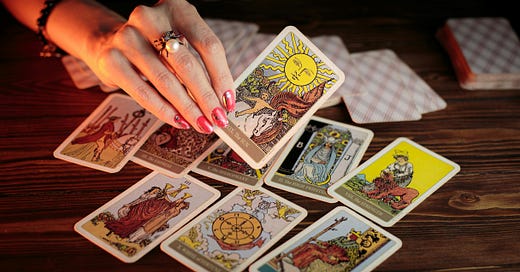




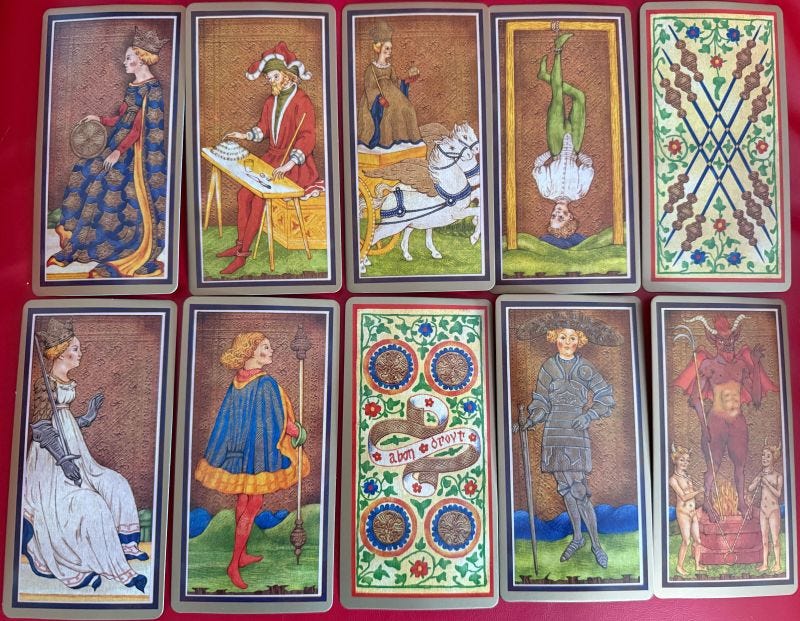
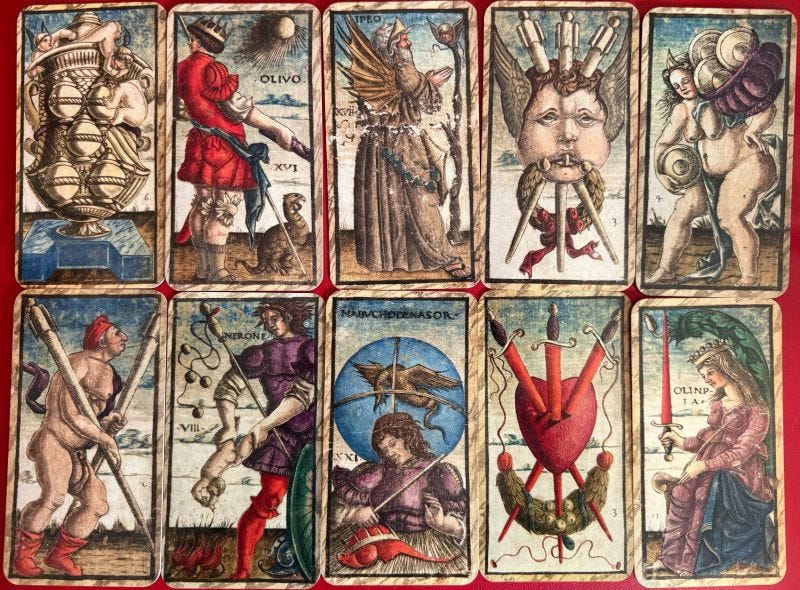


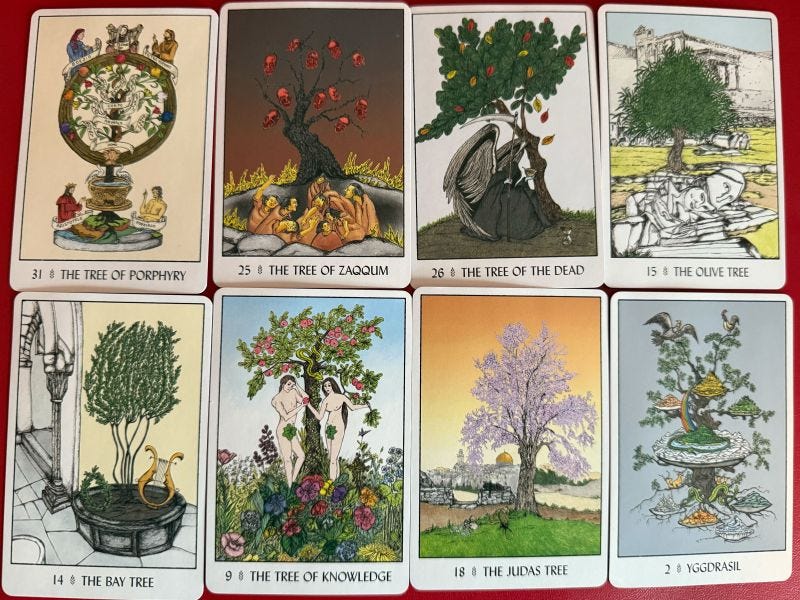
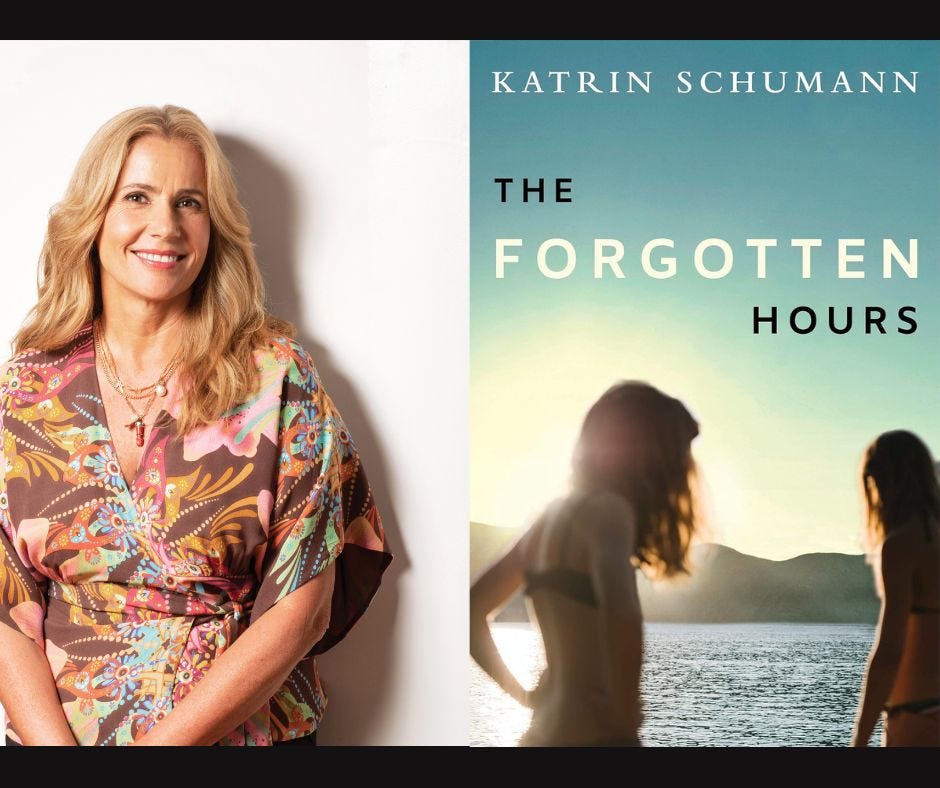


I loved Big Swiss! So hilarious yet dark too....inspired me to free up my own writing.